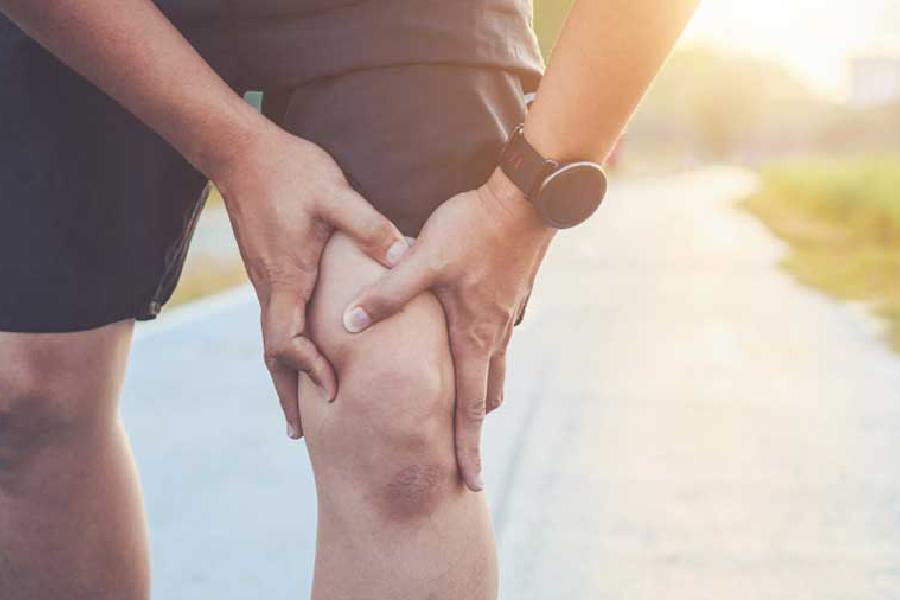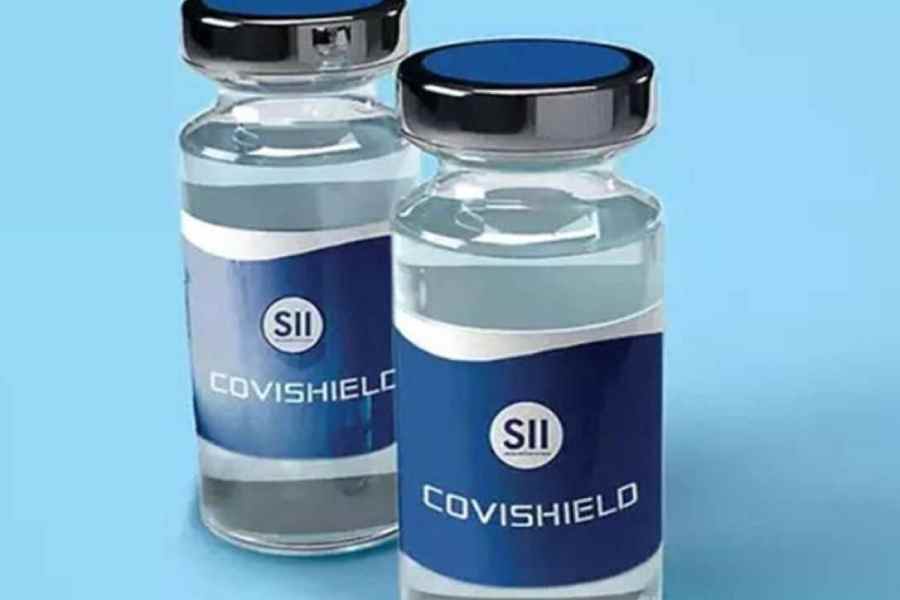IIT Guwahati and the West Bengal University of Animal and Fishery Sciences researchers have developed “cost-effective regenerative treatment solutions” for certain types of knee injuries, including meniscus tears.
An IIT Guwahati statement on March 28 said the researchers from bothinstitutions have “formulated three” treatment solutions, providing possible alternative solutions to manage the problem of a knee meniscus tear, an injury to tissue in one’s knee joints.
“Trauma to the knee meniscus, a cushioning tissue in the knee joint, is a commonly occurring yet complex problem. It can be caused during day-to-day activities by sudden accidents, mishaps while playing sports, or simply ageing. A tear in this crucial tissue can make it difficult for an individual to walk, run or participate in daily activities,” the IIT said.
The three different approaches have been published in three manuscripts across two International journals, Applied Materials Today and Advanced Biology, co-authored by Prof. Biman B. Mandal, Department of Biosciences and Bioengineering, along with his research scholars, Ashutosh Bandyopadhyay, Baishali Ghibhela, and Sayanti Shome, from IIT Guwahati, and collaborators Dr Debajyoti Pal, Dr Samsamul Hoque and Prof. Samit K. Nandi from the University of Animal and Fishery Sciences, Kolkata.
Work on the project started in 2021.
Prof Mandal said: “We have developed regenerative treatment approaches that would be tailored for the patient and help in rapid healing meniscus tears or replacing parts of the damaged tissue. Our problem statement also accounts for the shape and size variability of the meniscus in patients of different age groups, and is a source of growth factors for better healing.”
Healing the knee meniscus naturally is a slow and difficult process because of its restricted blood supply. Surgically removing the injured tissue may cause joint discomfort and osteoarthritis in the long run. This causes movement constraints, pain, and livelihood issues for millions in India and across the globe, the statement said.
This research aims to provide a more personalised and effective treatment for meniscus injuries, potentially improving the quality of life for millions of people, Mandal said.
One of the solutions involved an injectable silk-based gel, which can be administered via a simple injection at the knee meniscus site.The gel allows repair and regeneration of the turnout meniscus thus healing it faster. There is no need for surgery in this method, an IIT official said.
The other two solutions involve “3D printed meniscus being created using silk-based bio-inks which can be inserted at the site by replacing the damaged meniscus through a surgery”.
“As this is proof of concept, it will be too early to calculate exact costs. However, we envisage our indigenous method to be affordable cutting the implant costs by 25-30 per cent compared to current ones,” the official said.










